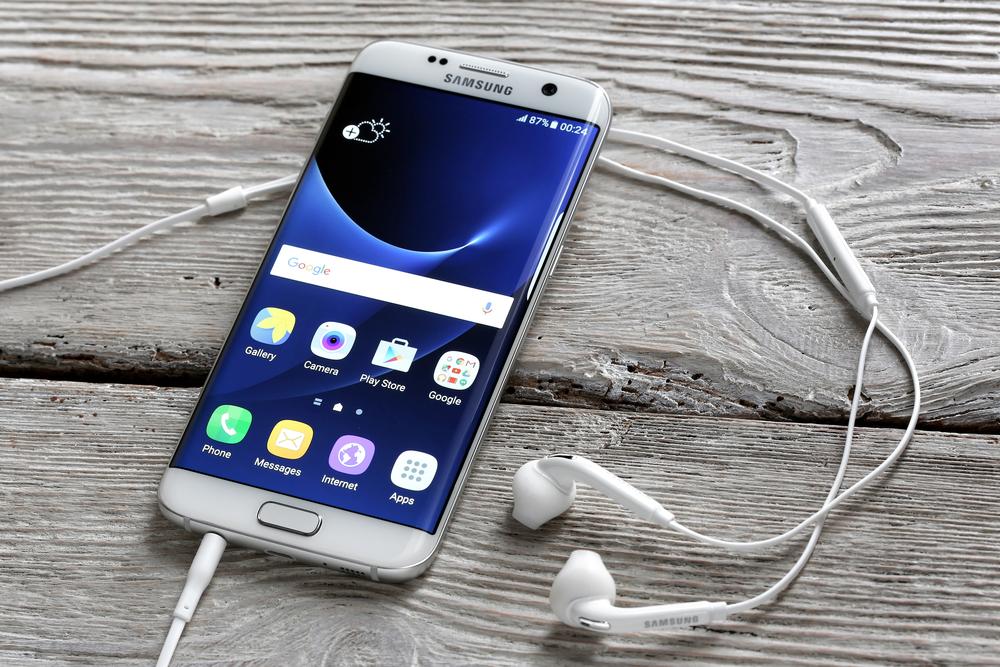Comprehensive Guide to Selecting Your Perfect 4G LTE Smartphone: FAQs and Tips
This comprehensive guide explores key questions and tips for choosing the perfect 4G LTE smartphone. It covers differences between 3G and 4G, LTE and LTE+, where to buy affordable models, and highlights budget-friendly options suitable for various users. Learn how to enhance your mobile experience with the right device that combines speed, reliability, and affordability, ensuring seamless connectivity and performance for everyday use.

Essential Questions and Insights for Buying a 4G LTE Smartphone
In-Depth FAQs to Consider Before Purchasing a 4G LTE Mobile Device
Before the widespread adoption of 4G LTE smartphones, mobile users had limited options when it came to high-speed internet access on the go. Most relied heavily on Wi-Fi hotspots to stream HD videos, participate in video conferencing, or perform other bandwidth-intensive tasks because 3G networks simply couldn't deliver the speed and stability required for such activities. With the introduction of 4G LTE technology, users gained the freedom to enjoy fast, reliable internet access directly through their mobile devices without depending solely on Wi-Fi networks. This technological leap significantly enhanced the user experience, allowing for seamless video streaming, smooth voice calls, rapid downloads, and effective multitasking on mobile devices.
In this in-depth guide, you'll learn about the key differences between 3G and 4G networks, understand LTE and LTE+ technologies, discover where to find affordable 4G smartphones, and explore top budget options that suit various needs and budgets.
Understanding the Differences: 3G, 4G, LTE, and LTE+
3G, or third-generation mobile technology, represents an earlier era of wireless connectivity, providing data speeds ranging from 2 Mbps up to 21 Mbps. Its primary functions include voice calls, text messaging, and basic internet browsing. While 3G depends on cellular towers that support these speeds, it often struggled with congestion during peak hours, leading to slower connections and interrupted calls.
4G, the fourth-generation technology, revolutionized mobile connectivity by offering significantly higher speeds—from a minimum of 2 Mbps up to 1 Gbps in optimal conditions. This speed boost enables users to stream high-definition videos flawlessly, engage in VoIP calls, participate in online gaming, and conduct video conferences with minimal lag. The widespread adoption of 4G LTE has transformed the way we use mobile data, making on-the-go internet access comparable to home broadband in terms of quality and reliability.
LTE, or Long Term Evolution, is a standard that ensures devices meet the 4G speed requirements set by industry standards. Typically, LTE delivers download speeds around 100 Mbps and upload speeds of 5-12 Mbps, depending on network conditions and device capabilities. LTE has become the backbone of modern 4G networks, providing fast, stable, and efficient connectivity.
LTE+ (also known as LTE Advanced) represents an upgraded version of LTE technology. It provides two to three times faster speeds than standard LTE, offering more reliable connections with fewer call drops and more consistent data rates. LTE+ is essential for demanding applications like Ultra HD streaming, online gaming, and large file transfers, ensuring users experience uninterrupted service even during peak usage periods.
Where and How to Purchase Your 4G LTE Smartphone
Online marketplaces such as Amazon, Best Buy, and eBay feature extensive selections of 4G LTE smartphones from various brands, often at discounted rates. These platforms offer the convenience of browsing multiple models, reading reviews, and making comparisons to choose the best device for your needs and budget.
Major mobile carriers—including AT&T, Verizon, Sprint, US Cellular, and MetroPCS—provide exclusive deals, bundles, and financing options on compatible 4G LTE smartphones. Many carriers run promotional campaigns such as BOGO (Buy One Get One), trade-in discounts, and installment plans, making high-quality devices more accessible and affordable.
Physical retail stores like carrier outlets, electronics retailers, and authorized dealers allow customers to experience devices firsthand, try out features, and perform hands-on testing before purchasing. Additionally, physical stores typically offer streamlined return policies and direct customer support to resolve any issues quickly.
Top Affordable 4G LTE Smartphones for Budget-Conscious Users
Cricket Wireless LG Risio 3: Priced around $70, this device offers a 5-inch IPS display, an 8MP rear camera, a 5MP front camera, 16GB of internal storage (expandable up to 32GB via microSD), and a quad-core 1.4GHz processor. It's ideal for basic smartphone users who need reliable connectivity without breaking the bank.
Boost Mobile LG Stylo 3: Costing approximately $180, the LG Stylo 3 features a larger 5.7-inch display, a 13MP rear camera, 16GB of storage expandable to 2TB via microSD, an octa-core 1.4GHz CPU, and 2GB RAM. Its stylus support and screen size make it suitable for media consumption and productivity on a budget.
Verizon Prepaid LG Optimus Zone 3: At about $60, this device includes 8GB of storage expandable up to 32GB, a quad-core processor, 5MP rear camera, and 2MP front camera. It is perfect for users seeking a simple, reliable phone primarily for calls, messaging, and light browsing.
In conclusion, understanding your needs and budget is essential before choosing a 4G LTE smartphone. With numerous options available in various price ranges, you can find a device that offers excellent connectivity, performance, and value for money. Selecting the right phone ensures you stay connected efficiently, whether for work, entertainment, or staying in touch with loved ones.




